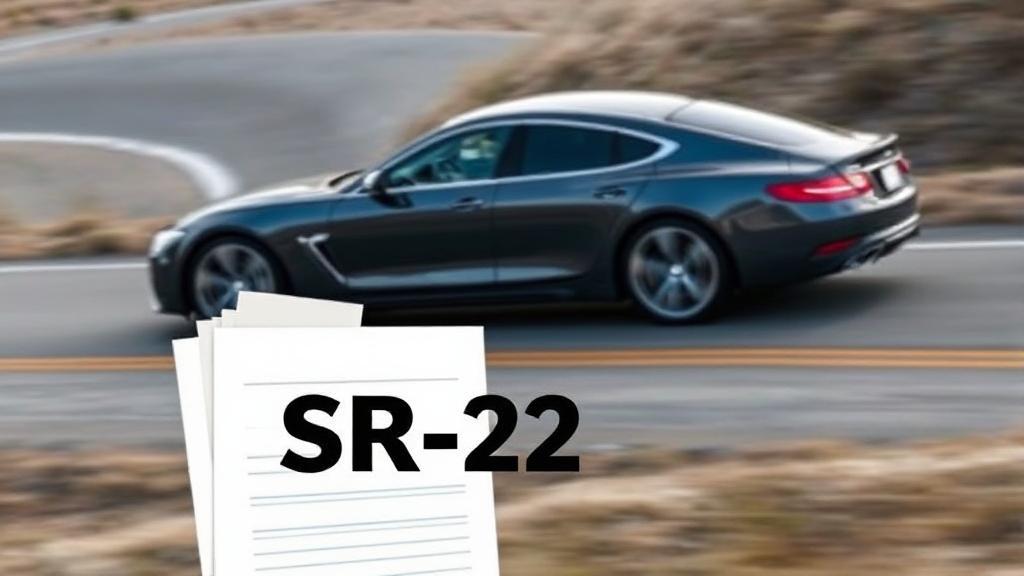What is SR-22 Insurance?
SR-22 insurance is not actually a type of insurance, but rather a certificate of financial responsibility required by state Department of Motor Vehicles (DMVs) for high-risk drivers. This certificate, filed by your insurance company, proves that you carry the minimum required auto insurance coverage.
Common Reasons for Requiring an SR-22
- DUI or DWI convictions
- Multiple traffic violations in a short period
- Driving without insurance
- Being involved in an uninsured accident
- License suspension or revocation
- Reckless driving convictions
For more detailed information, visit DMV.org.
The Filing Process and How It Works
- Contact an insurance provider that offers SR-22 filing
- Pay the filing fee (typically $15-$50)
- Wait for the insurance company to file the form with your state's DMV
- Receive confirmation of filing
Important: Not all insurance companies offer SR-22 filing services. Major providers like Progressive and Geico typically do.
Required Coverage
The minimum liability insurance typically includes:
- Bodily injury liability coverage
- Property damage liability coverage
- Uninsured/underinsured motorist coverage
Cost Implications
Having an SR-22 can significantly impact your insurance premiums. High-risk drivers often pay 50-100% more for coverage than standard drivers.
Factors Affecting SR-22 Insurance Costs
- Your driving record
- The severity of the violation requiring the SR-22
- Your location
- Your age and gender
- The type of vehicle you drive
For a comprehensive guide on how SR-22 insurance affects your premiums, check out NerdWallet's article on SR-22 insurance.
Duration Requirements
Most states require drivers to maintain an SR-22 for three years, though this period can vary:
| State | Typical Duration |
|---|---|
| California | 3 years |
| Florida | 3 years |
| Illinois | 3 years |
| Texas | 2 years |
| Washington | 3 years |
Maintaining Compliance
To avoid further penalties, it's essential to:
- Pay premiums on time: Ensure that your insurance does not lapse
- Renew your SR-22 as needed: Keep track of the expiration date
- Drive safely: Avoid any further violations
- Maintain continuous coverage: Never let your insurance lapse
- Follow state requirements: Adhere to all driving restrictions
Moving Between States
If you move to another state while required to maintain an SR-22:
- Your requirement typically follows you
- You must maintain coverage in both states
- Requirements may vary by state
- Notify your insurance provider immediately
Resources
For more information, visit:
- National Association of Insurance Commissioners (NAIC)
- Insurance Information Institute (III)
- Your state's DMV website
- SR22Insurance.com
Remember that an SR-22 requirement is temporary. By maintaining clean driving habits and following all requirements, you can eventually return to standard insurance coverage and lower rates.
